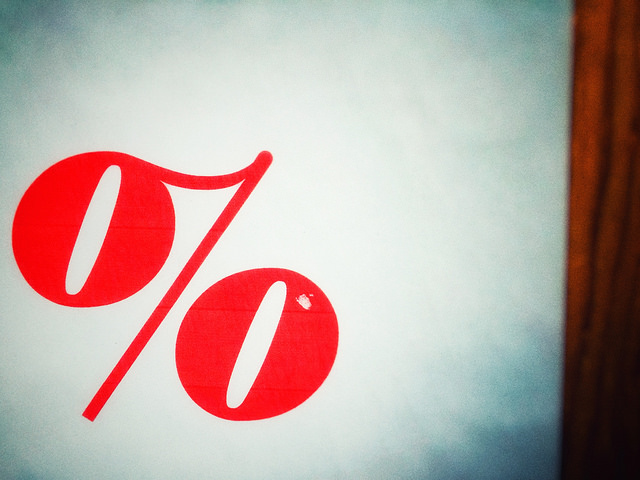According to the Mortgage Bankers Association’s Weekly Applications Survey, average mortgage rates were mostly flat last week. In fact, rates for 30-year fixed-rate loans with both conforming and jumbo balances were unchanged from one week earlier while rates for loans backed by the Federal Housing Administration and 15-year fixed-rate mortgages dropped. By the end of the week, average rates were as low as they’d been in nearly a year. That didn’t spur demand for mortgage applications, however, which fell 1.6 percent from the week before. Joel Kan, MBA’s associate vice president of industry surveys and forecasting, told CNBC that the declining demand for home purchase loans was mostly seen at the higher end of the market. “Purchase applications jumped up during the first full week of April and had effectively remained at that level, on an unadjusted basis, before falling this week,” Kan said. “The seasonally adjusted purchase index decreased to the lowest level since February, led by declines in applications for larger home purchase amounts.” Purchase volume was still almost 12 percent higher than one year earlier, despite the decline in jumbo loans. The MBA’s weekly survey has been conducted since 1990 and covers 75 percent of all retail residential mortgage applications. More here.













